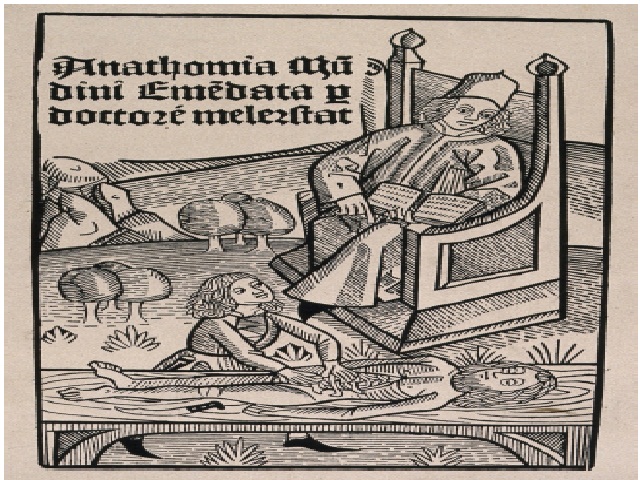You Can Observe a Lot by Watching: How Artistic Images have Led to Anatomical Exactitude
DOI:
https://doi.org/10.5530/bems.6.2.5Keywords:
Dark Ages’ myth, Vesalius, Carlo Ruini, Directly-observed art, Visual learnersAbstract
Since the publication (c. 1316) of the first anatomy textbook and dissection guide, Anothomia mundini by Mondino de Luzzi, the importance of illustrations has been recognised as essential to learning about body structure. The Anathomia was the main source of anatomy information for over two centuries until Vesalius produced a comprehensive atlas of human anatomy, published in 1543 as De humani corporis fabrica. This text contained over 200 illustrations and placed considerable emphasis on dissection and observation as the best method of studying anatomy, a departure from the long-standing tradition of following ancient texts which lacked illustrations. This empirical method was expanded by several artists, notably Leonardo da Vinci and George Stubbs, whose works laid the foundation for accuracy in anatomical illustrations. The current tendency among students to photograph their dissections has largely replaced drawing specimens. Some contemporary antidotes to this tendency are presented along with the associated educational benefits.










